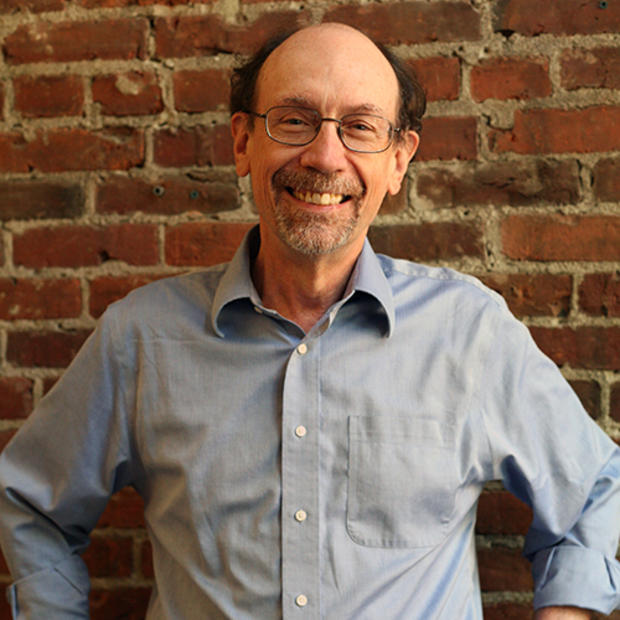A committee with large responsibilities for ensuring the efficient, on-time completion of the Alaskan Way Viaduct replacement held its first meeting Thursday (June 3). Did it make a good start?
Along with at least two state legislators, Port of Seattle Commissioner Bill Bryant, King County Executive Dow Constantine and county Councilmember Larry Phillips, the committee includes both Mayor Mike McGinn and Gov. Chris Gregoire, so there was no way to avoid some well-rehearsed exchanges about the costs and the possibility of overruns.
The governor says there is plenty of contingency money to cover any cost overruns, and there there is no reason to think overruns will happen. The one guarantee of overruns would be delay, she points out, as if it were something the mayor might not have thought of (when the mayor is surely counting on exactly that). The mayor says that, however much he is otherwise committed to helping the city carry out its commitments to the project, he must protect Seattle residents from any liability. She says she'êd sign a bill doing just that if the legislature passes it; he says he would work on it.
The tone? The governor let exasperation creep into her voice addressing McGinn, essentially suggesting that if McGinn would let the meeting go forward (with his "forbearance"), he might learn something. Before letting things go forward, McGinn kept saying that he had to carry out his responsibilities.
It's easy to think that McGinn is a reckless bomb thrower, but, aside from maybe some stiff, lawyerly language, he made a point of maintaining respectful disagreement with the governor. McGinn saved his testier tone of voice for City Councilmember Tom Rasmussen. Rasmussen used persistent questioning to push the mayor to say that he would diligently execute the council'ês wishes to build the tunnel, but, no, he doesn'êt think the tunnel project is a good deal, even without any overruns.
Public tone aside, it'ês important that the committee'ês politicians become active in listening to the professional engineers and others who are actually managing the project. Sure, the committee members had to start by play-acting their positions for the public view as the work begins. The supporters of the tunnel have a vested interest in wearing their rose-colored sunglasses (no cost overruns are expected and all the responsibility will be on the contractor); the detractors were equally committed to alarmism in the guise of reasonable skepticism (look at the Big Dig; my, oh my, we wouldn'êt want that to happen here).
The state'ês tunnel engineers surely know things are much more complex. There are risks, but the professionals are presumably confident, watchful, and motivated to accomplish something that will be widely regarded as pretty special if it is done well.
The real issues before the Alaskan Way Viaduct and Seawall Replacement Program Oversight Committee are learning enough from the people doing the actual work to watch for the emerging problems and make sure the response is intelligent. The closest that came to the surface during the initial public meeting (there was also a later closed-door session) was when Rasmussen said that the state has not only acknowledged the risks but has its people hard at work studying best practices and gathering lessons from similar projects, including abroad.
So, the engineers understand that they have to be at the top of their game both in the planning of the project and its delivery. If the committee performs effectively, the politicians and, ideally, the public will know enough to understand the project, its challenges, and how it can be carried out successfully.

